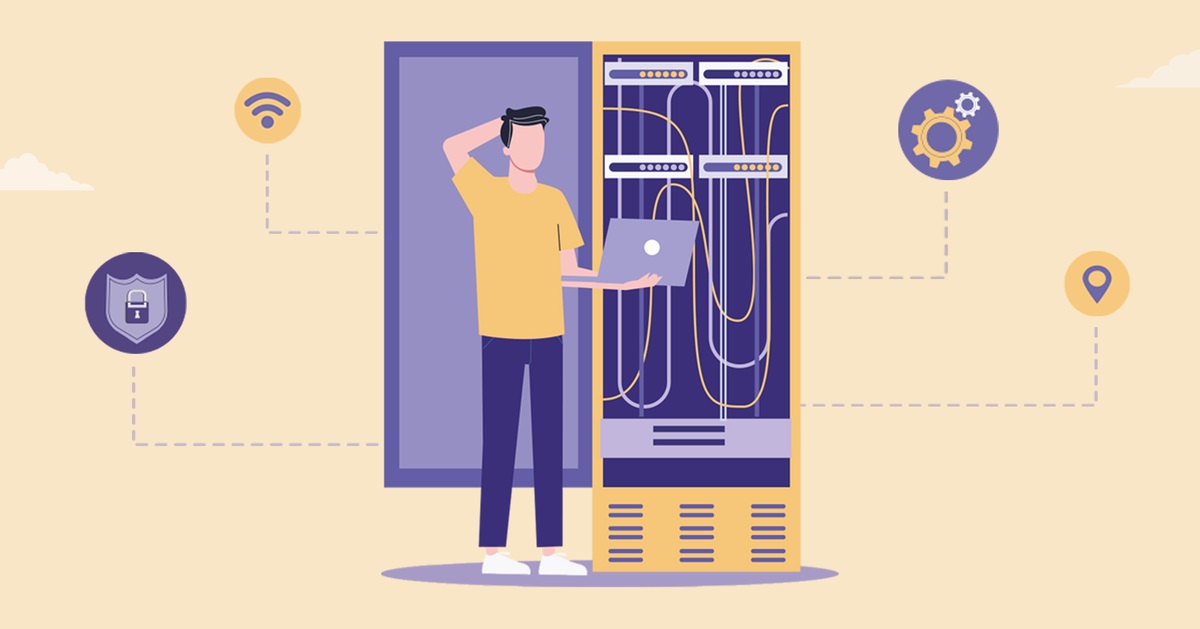A Basic Understanding of the DDoS Attack- What You Must Know

The term ‘DDoS Attack‘ implies a very suspicious assault which is still unknown to the majority of the organizations. With constant upgradation and technological advancements, the number of DDoS assaults has effectively crossed all limits. In spite of the fact that the abbreviation ‘DDoS’ has turned out to be normal in news outlets and the online networking sites in today’s date, it is vital for organizations to get hold of more information about it.
A significant number of individuals may just know its full form, which is “Distributed Denial of Service Attack”. But how many of us actually know what transpires during the attack? Each entrepreneur adores his/her site when there’s immense traffic created, yet do you realize that it can be a DDoS assault as well?
What is DDoS Attack?
DDoS is a shady endeavour of different compromised PC frameworks for attacking the standard traffic of targeted servers, causing refusal of services for the clients of those servers. The compromised gadgets are internationally distributed and are called ‘botnets’.
How Is DDoS Attack Carried Out?
After the assaulter sets up the botnet, he/she coordinates the equipment by sending fresh commands to every bot via remote control strategy. Subsequently, the botnet targets the IP addresses of the victim and every bot reacts by sending out requests to the targets. Because of this, the targeted servers or systems overflow capacity, which finally results in denial-of-service to the standard traffic. Since every bot is a substantial web device, the assault traffic cannot be isolated from average traffic.
The Different Kinds of DDoS Attacks
A wider perspective lets you differentiate between 3 kinds of DDoS attacks:
Volumetric or Volume-Based Attacks
The goal of this type of attack is to create overload by consuming all the bandwidth available on the directed site. The magnitude of attack is measured in bits per second (Bps).
The objective of this kind of assault is to create an overload by consuming the overall bandwidth accessible on the directed site. The size of the assault is estimated in Bps (bits per second).
Protocol Attacks
DDoS attacks, the other name of this being state-exhaustion assaults, are basically protocol assaults is to cause service interruption by expending the real server assets or the ones of intermediate communication devices such as firewalls and load balancers. Its magnitude is estimated in Pps or packets every second.
Application Layer Attacks
At times alluded to as a layer 7 DDoS assault, the objective of these assaults is to debilitate the assets of these targets making the web server crash. Its magnitude is estimated in Rps or requests per second.
The most common DDoS attacks are as follows:
1. UDP Flood
UDP or User Diagram Protocol is a sessionless systems protocol, which overloads irregular ports on some remote host. Consequently, the host constantly checks for the application tuning in at such ports and accounts with an ICMP packet. This procedure demolishes the assets of the host, resulting in unreachability.
2. ICMP Flood
When it comes to ICMP flood assault, the target asset is overpowered with ICMP Echo Request packets quickly without sitting tight for the answers. In this kind of assault, both incoming and outgoing bandwidth is expended, since the server of the victim will try and attempt to react to the ICMP Echo Reply packets bringing about a substantial system slowdown.
3. SYN Flood
The TCP association sequence is misused by SYN flood assault which is known as a 3-way handshake. A synchronized message is sent on the host’s device, to begin with, the “handshake”. This request is recognized by the server by directing the affirmation flag to the underlying host and sits tight for the association with being shut. The association will get finished when the asking for a machine will close the association. In an SYN surge, ridiculed demands are sent and server reacts with an ACK parcel to finish the TCP association yet the association is permitted to timeout, rather than shutting it. In this way, the server assets get depleted and the server goes disconnected.
4. Ping of Death
A dissent of administration assault wherein the assailant sends different malignant or contorted pings to a PC is known as Ping of Death assault. The greatest bundle length of an IP parcel is 65,535 bytes. In this assault, when the beneficiary takes after noxious control of piece content, he/she winds up with the IP parcel that is bigger than 65,535 bytes when rearranged. Because of this, memory cradles designated for the bundle can flood, causing dissent of administration for true blue parcels.





